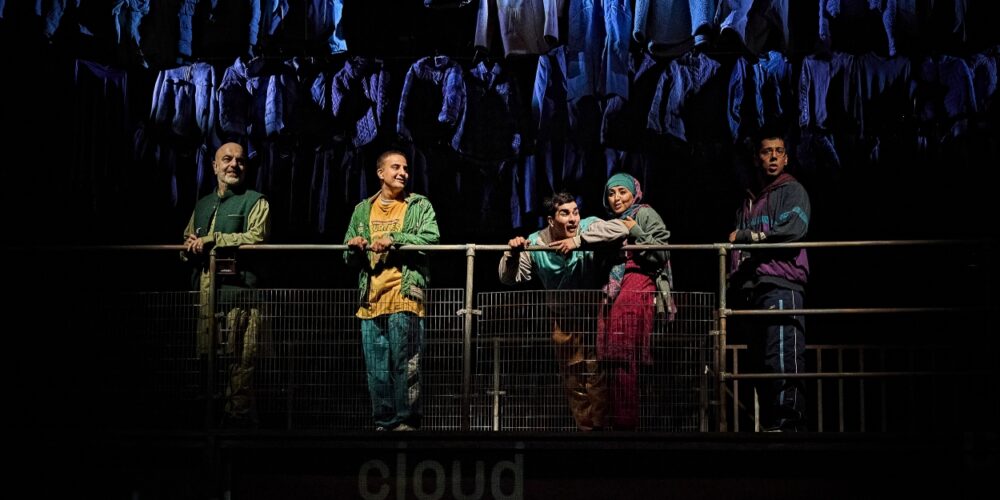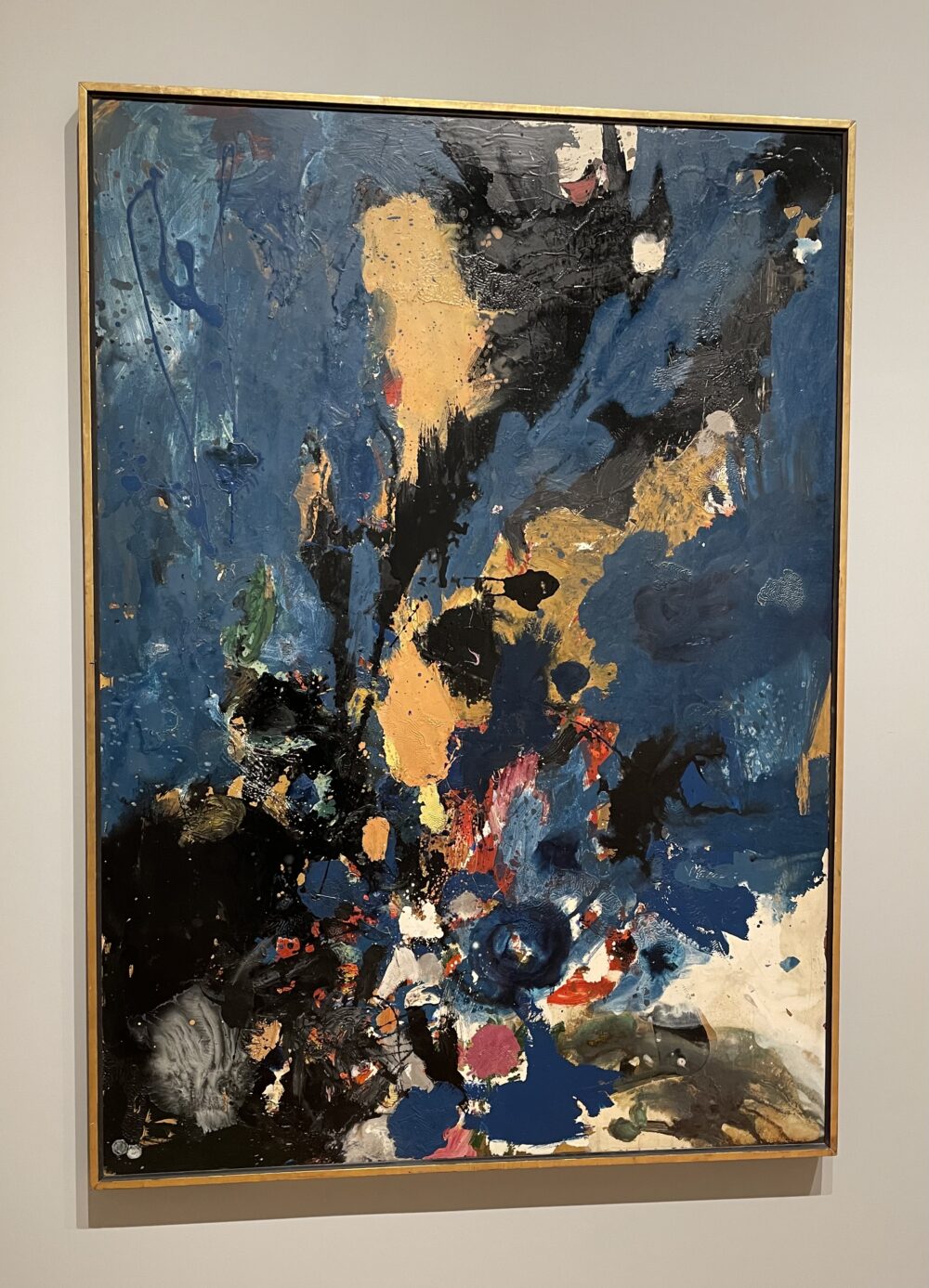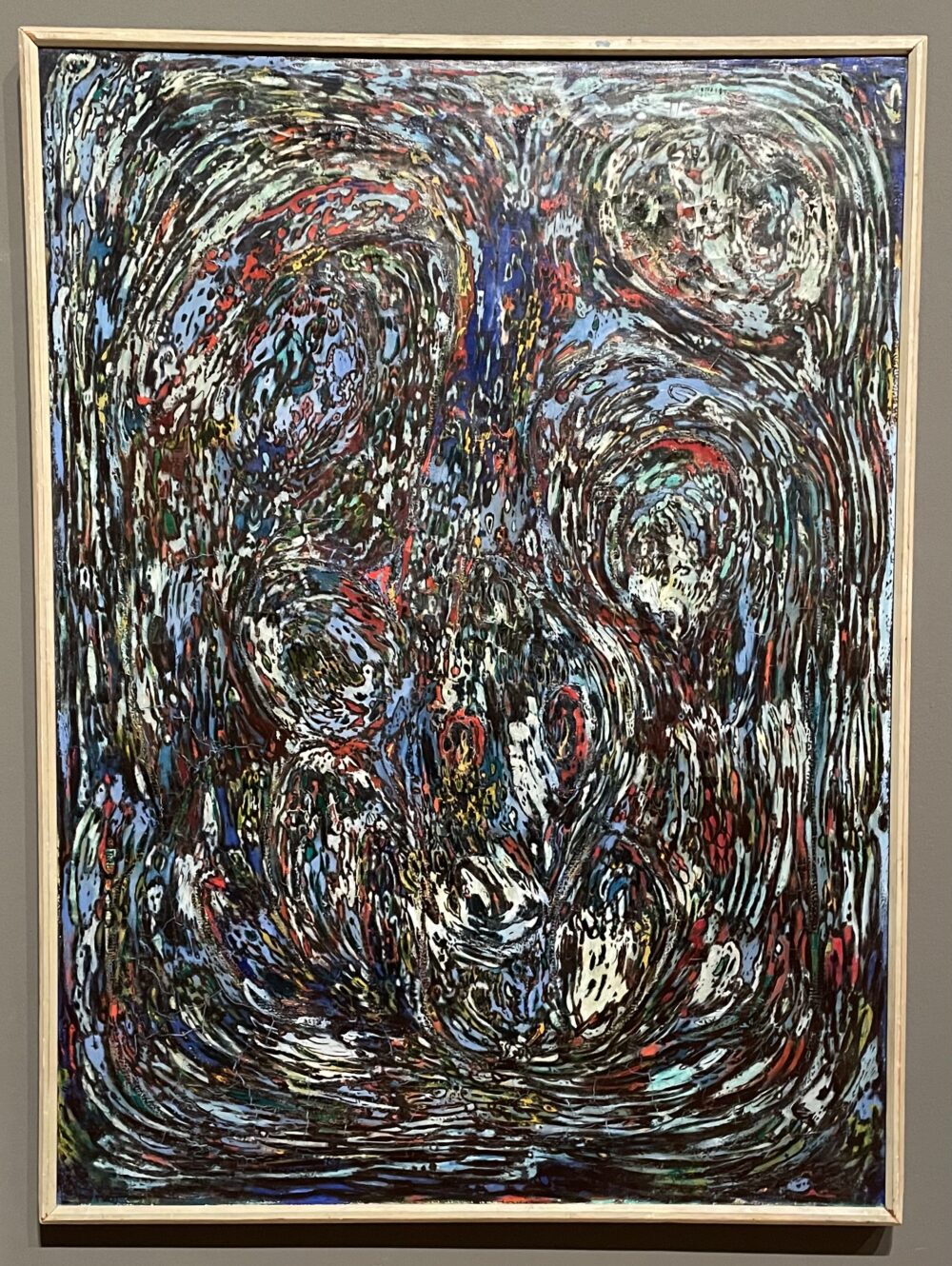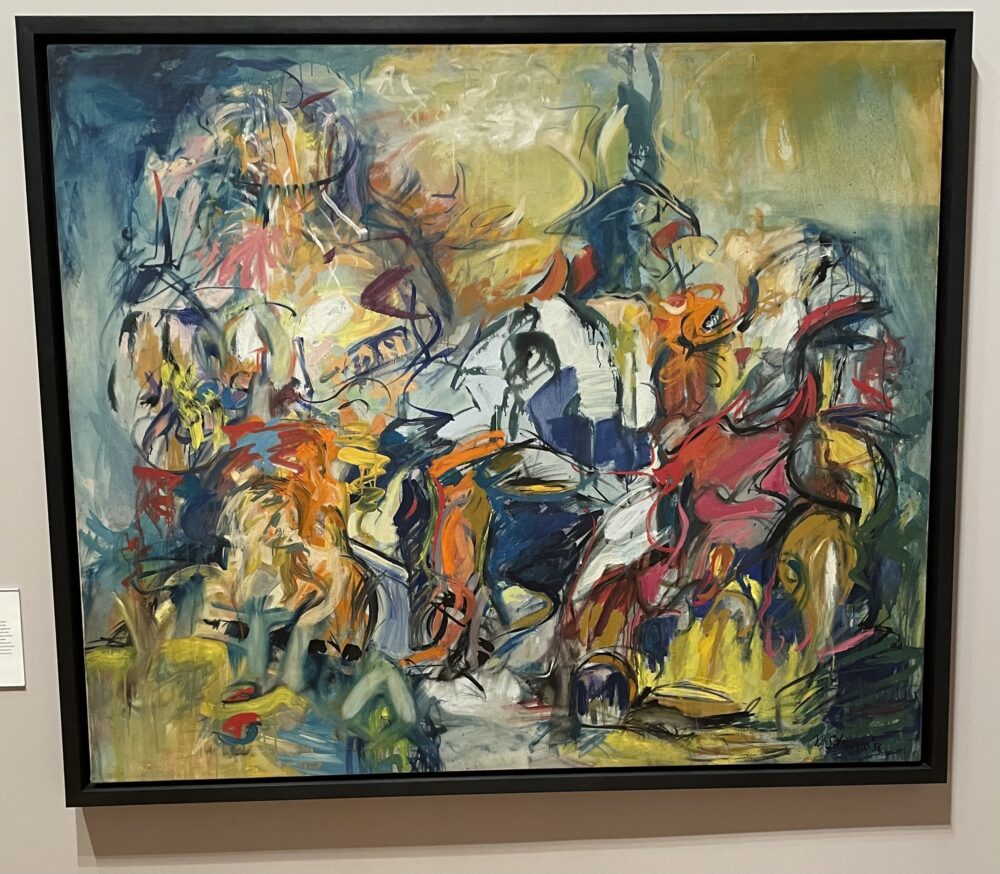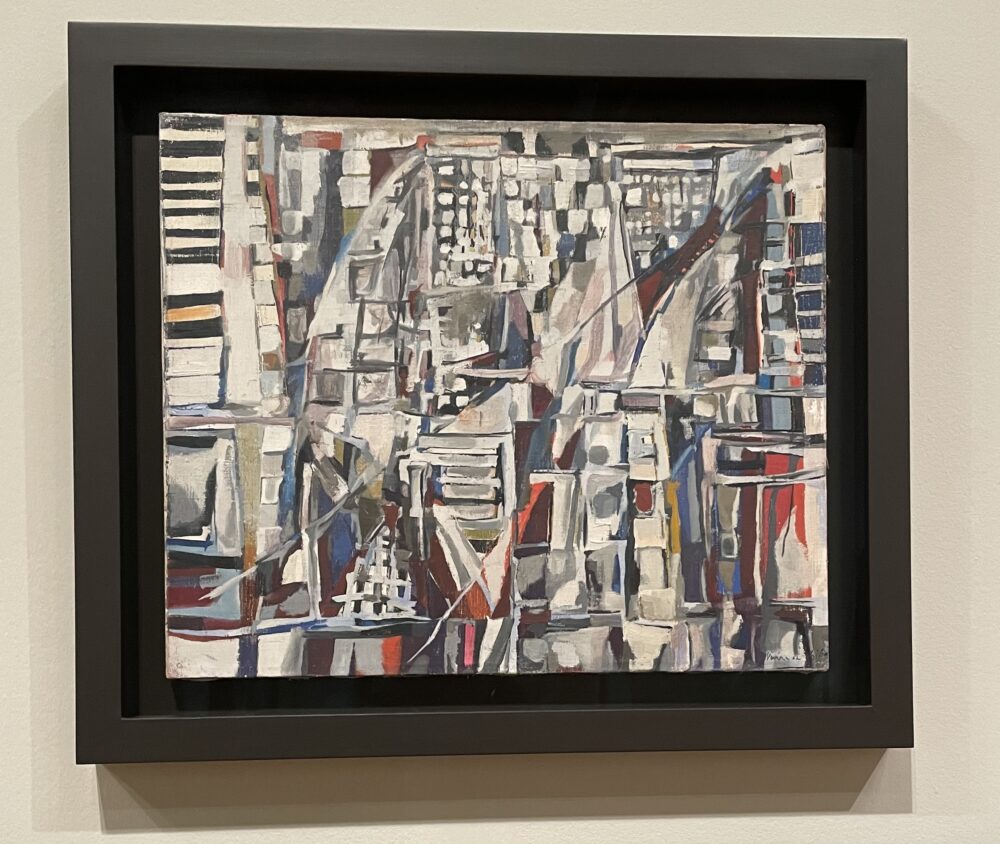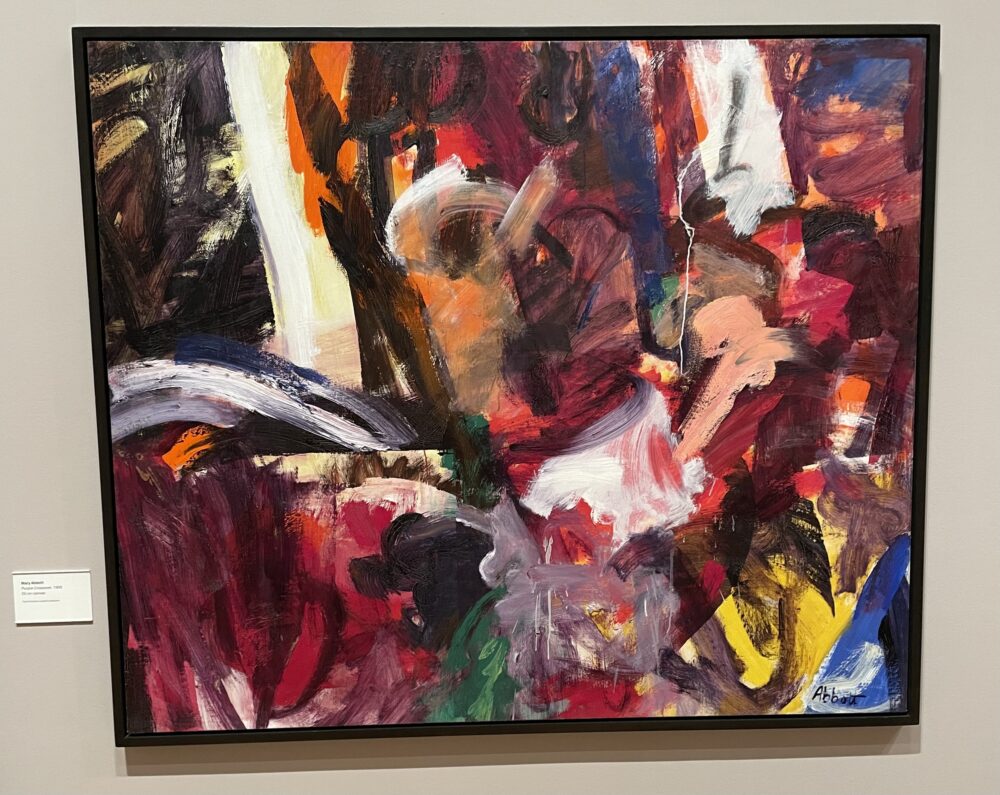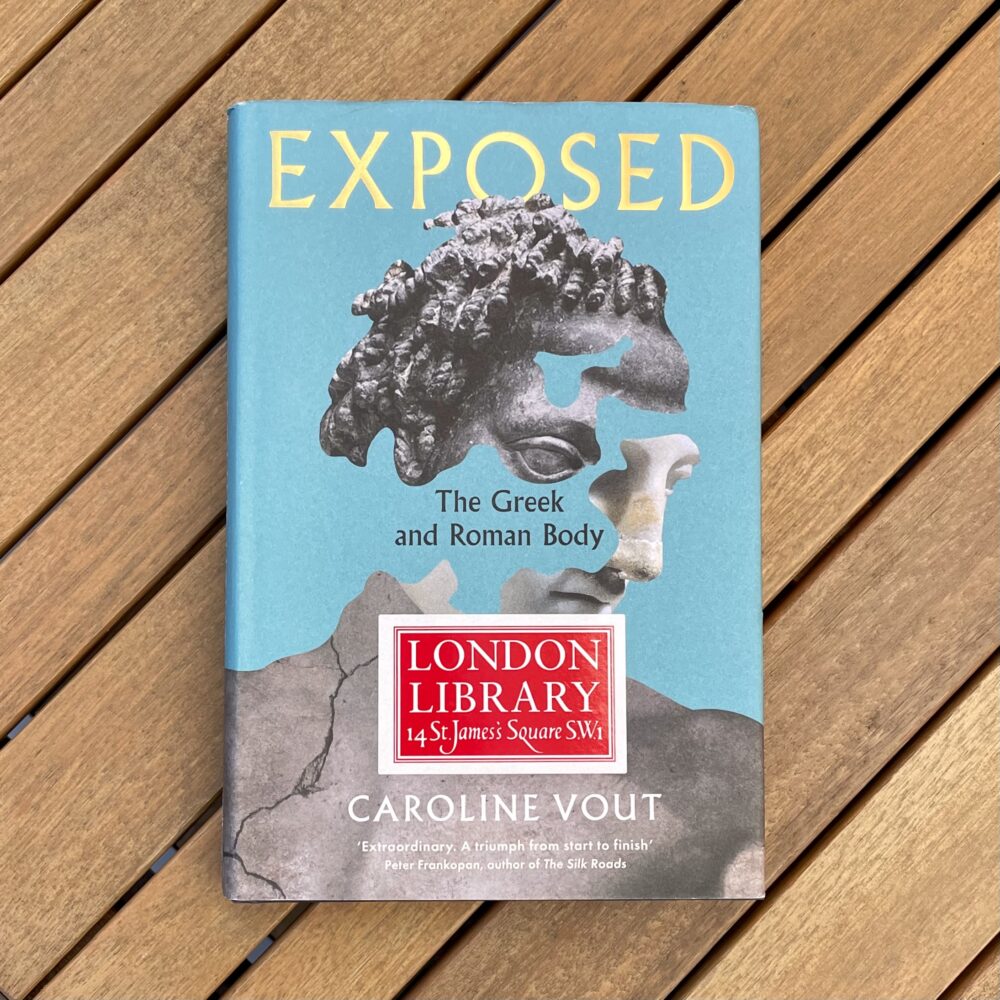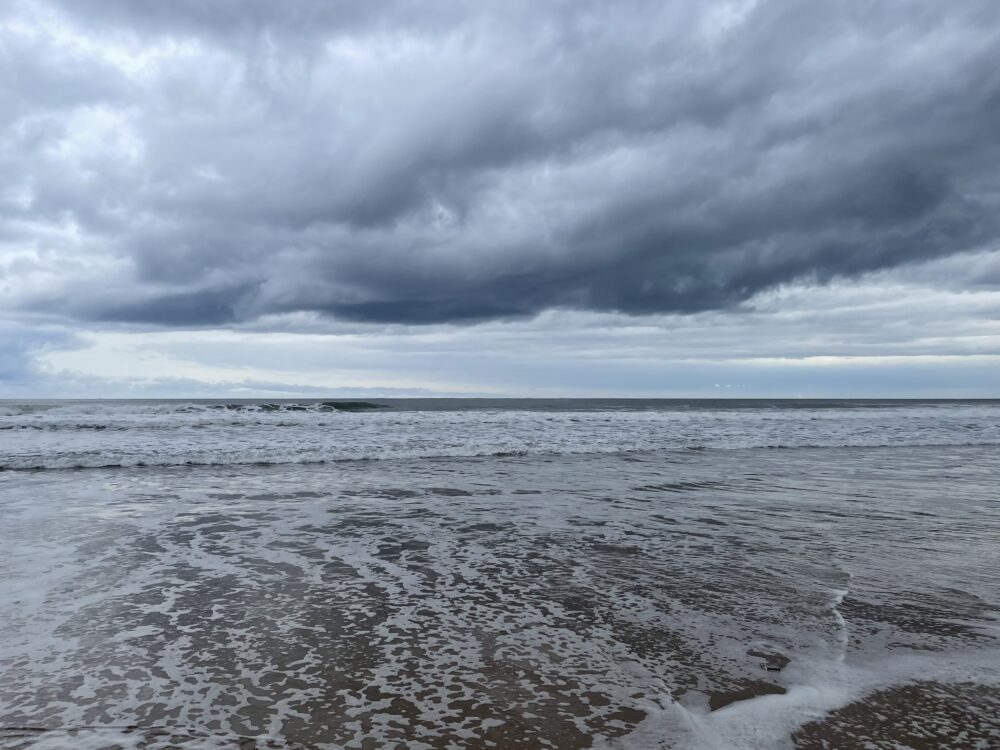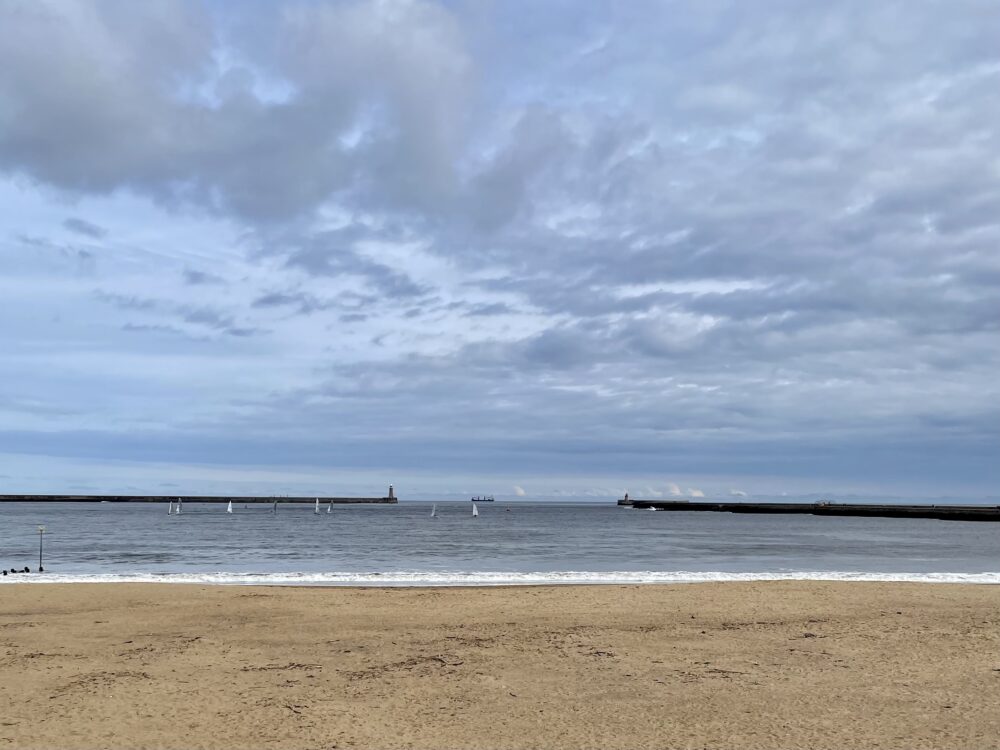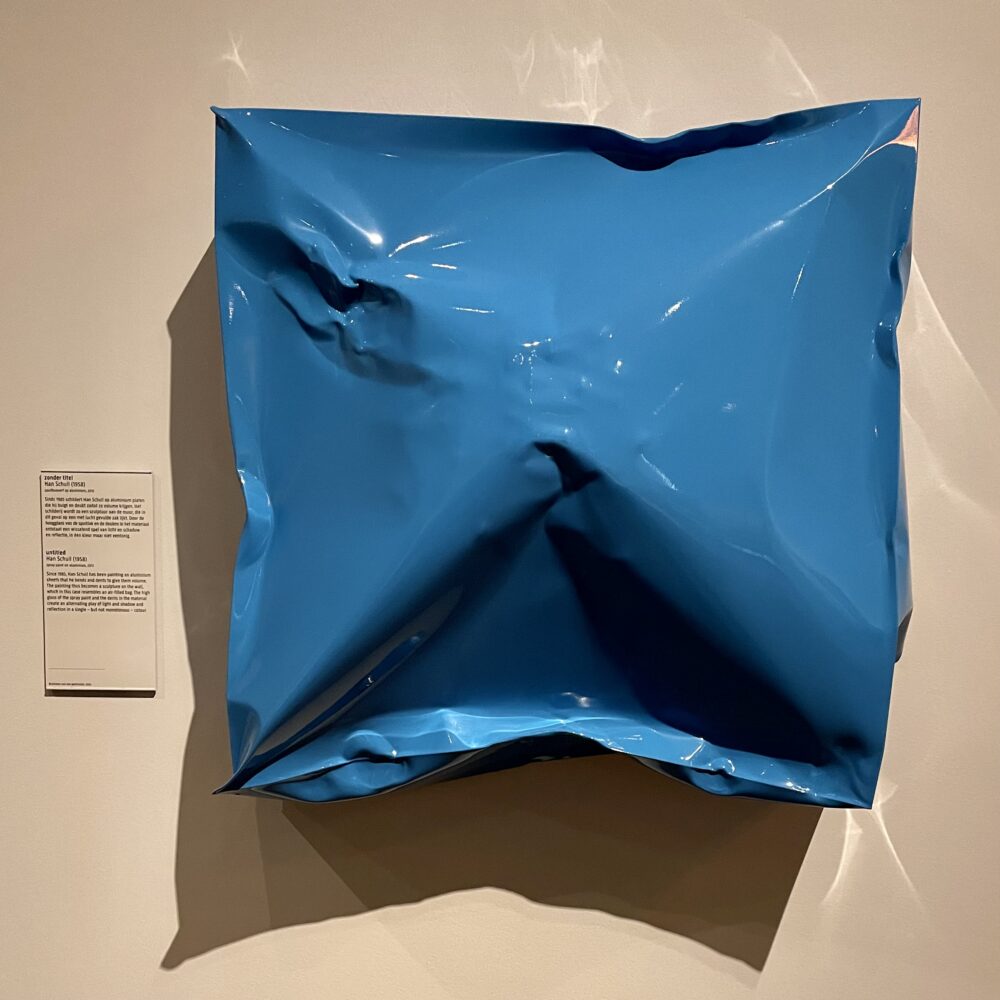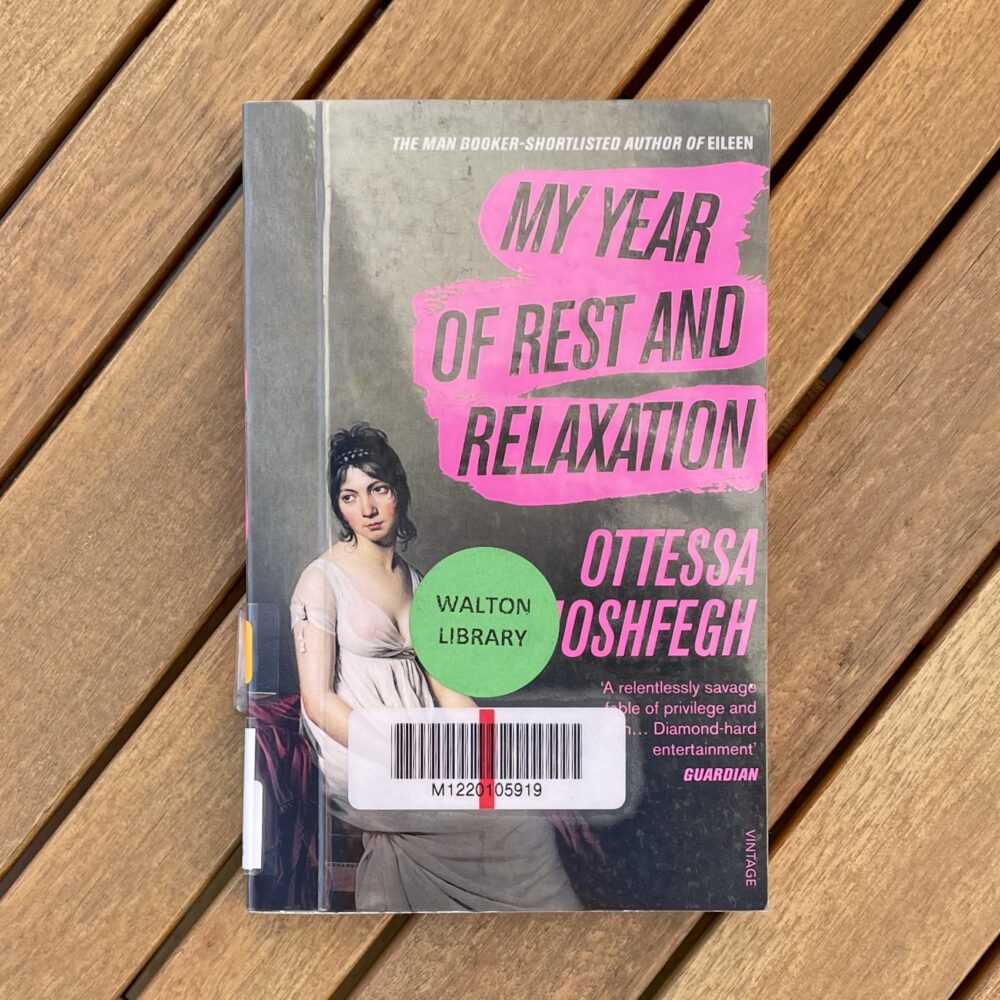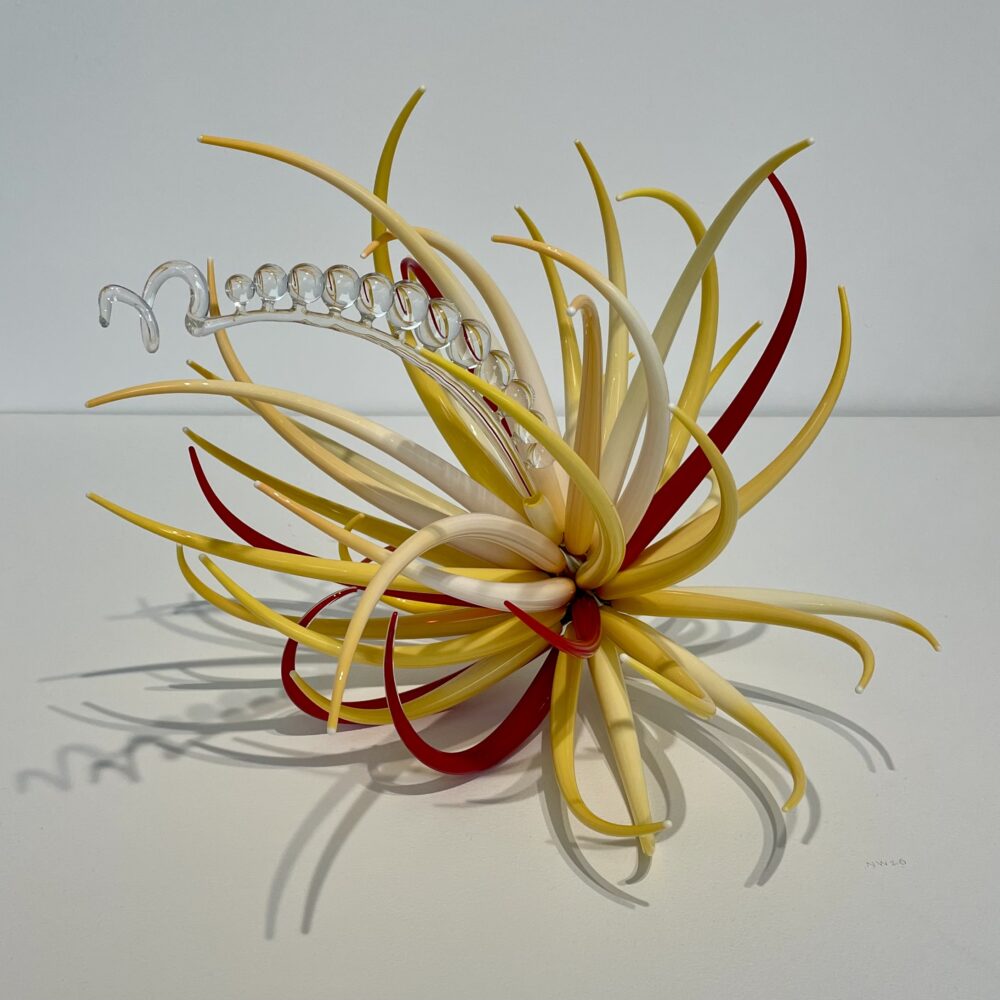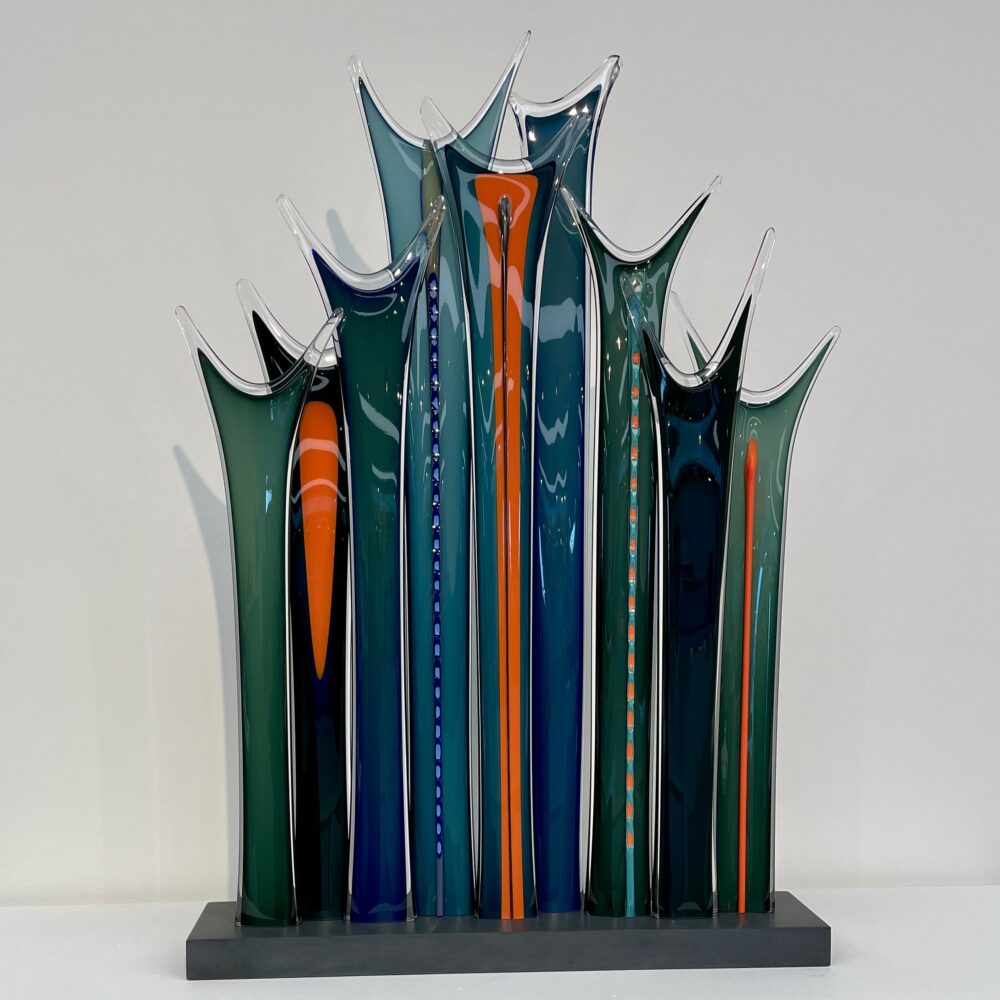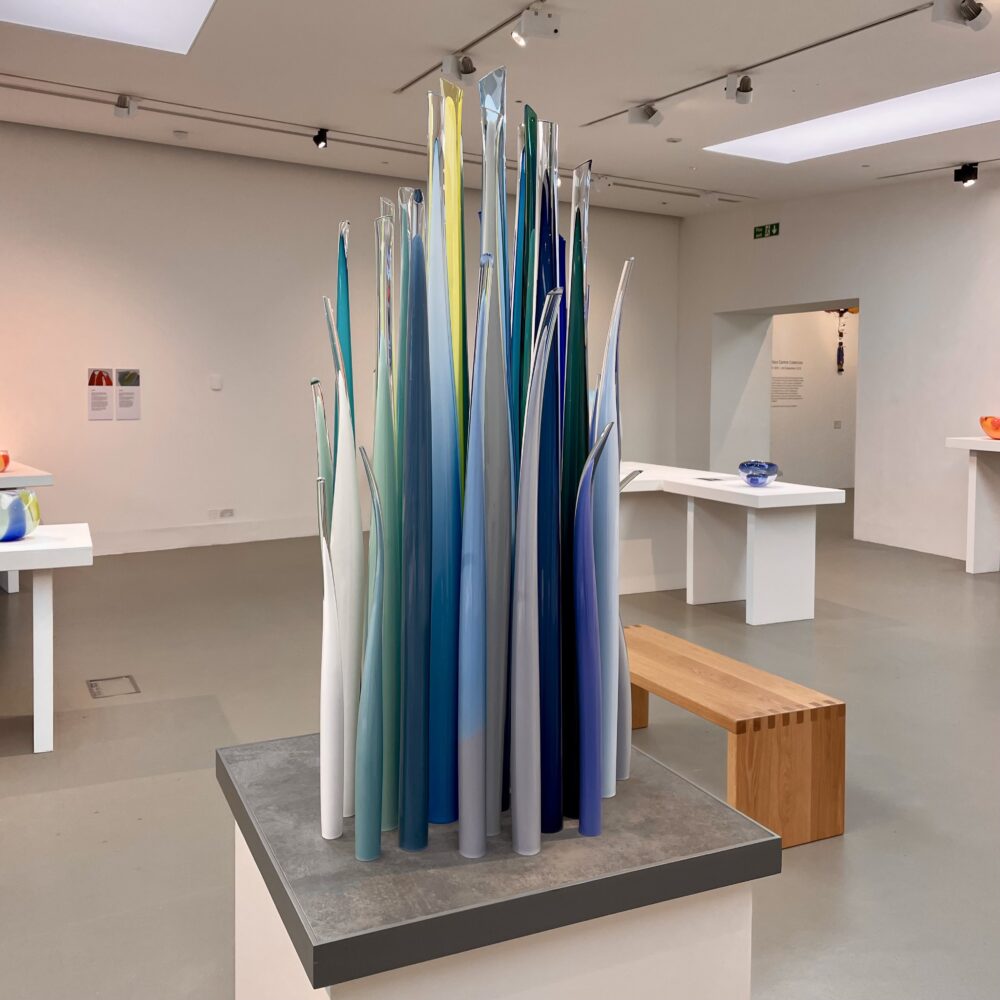I’ve been reading ‘Lessons in Chemistry’ by Bonnie Garmus
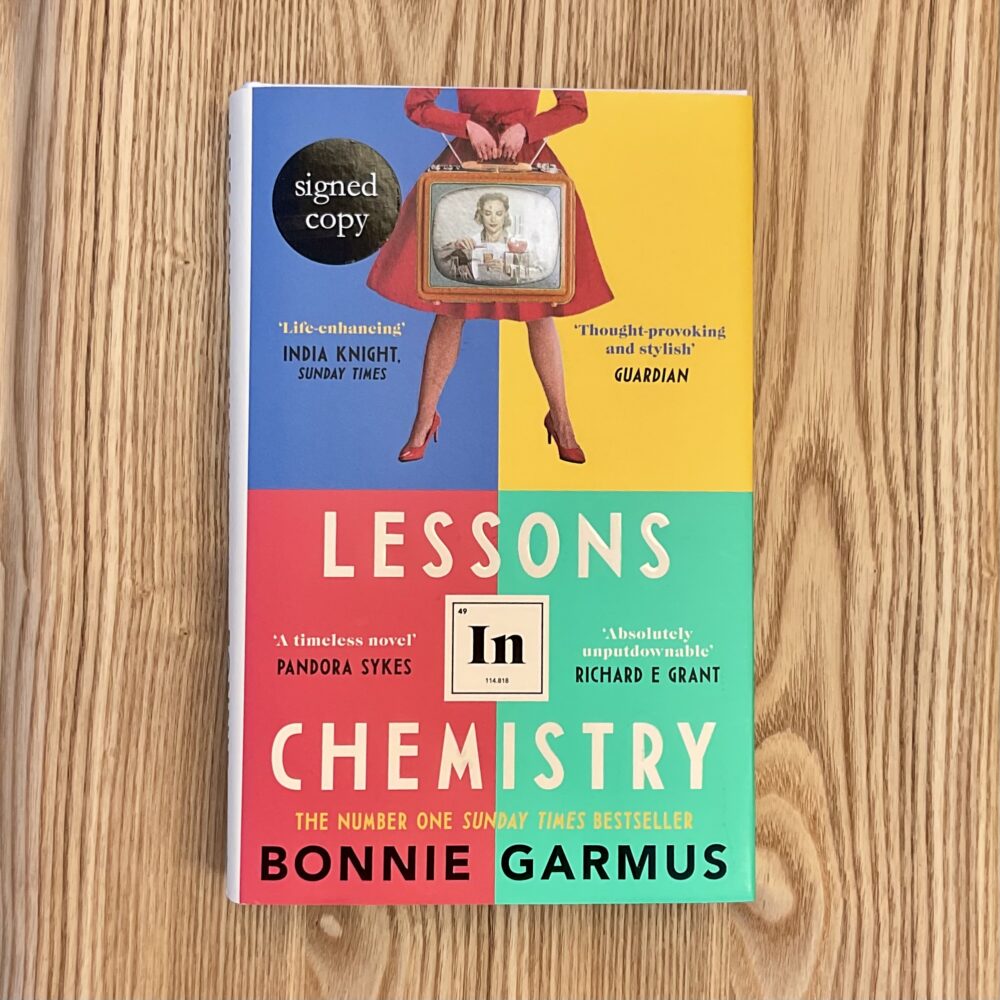
This is a bestselling 2022 comedic novel about Elizabeth Zott, a chemist working in the 1950s and 1960s, who also ends up presenting a television cookery programme called ‘Supper at Six’.
Early on, I came as close as I have in a long while to giving up on a book. Garmus manages to hit quite a few of my pet hates in novels full square.
The cast of characters includes Six-Thirty, a preternaturally intelligent dog who reflects on idioms, becomes irritated by another dog’s ‘smugness’, and even overhears a phone conversation and leads its owner to a wardrobe in response. This is a novel which, at heart, is about emotional truth; I find it hard to access that when I have to suspend disbelief so frequently. Having an omniscient narrator unrealistically imbue an animal with human-like emotions reduces the impact of that same omniscient narrator telling us about other characters’ emotional states.1
Garmus also writes exceptionally clunky dialogue: this is the sort of novel where everyone speaks in complete sentences, which often also include a dose of narrative exposition. “Jesus, it’s as if you’re not familiar with TV’s tribal ways.”
Garmus also writes the plot in a way that elides time and effort, which is particularly curious when a theme of differential time and effort requirements for men and women is seeded throughout the book. Zott becomes an elite rower virtually overnight, and an accomplished television presenter in a matter of days.
But but but… I didn’t give up. Somehow, Garmus won me over, and I found myself enjoying this despite all of the above. The evocation of the treatment of women in science (and society) in the era was strong and insightful. The funny bits were frequently actually funny. The core messages were well-meant, if a little heavy-handed and preachy.
I’m not certain that I’d rush to read Garmus’s next novel, but I nevertheless enjoyed this more than I initially anticipated.
- I know that this is all quite niche, that lots of people routinely anthropomorphise animals—and especially their pets—and I should just let it go… but I’m not describing my rational, conscious response, just my immediate emotional reaction. ↩
This post was filed under: Post-a-day 2023, What I've Been Reading, Bonnie Garmus.
